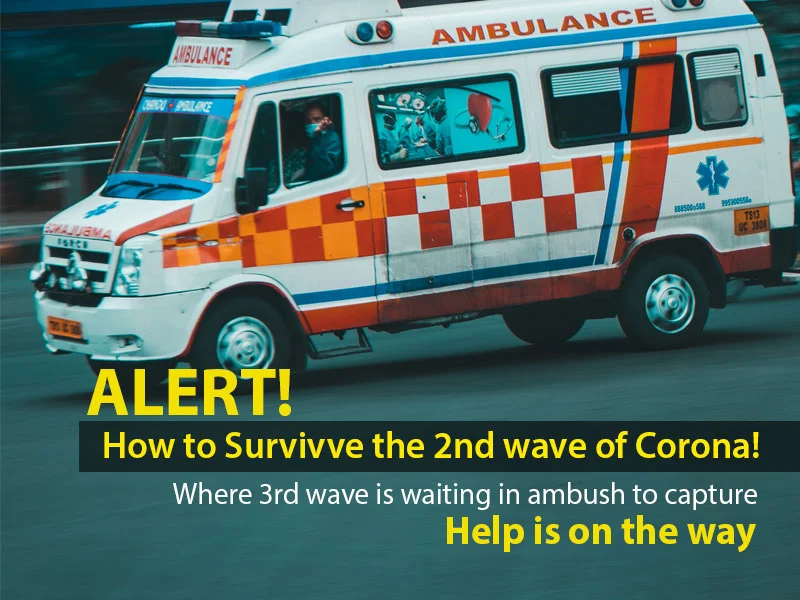Advertisement
Supported by
Supply shortages, financial barriers and misinformation are still stopping some Americans from getting a test.
Send any friend a story
As a subscriber, you have 10 gift articles to give each month. Anyone can read what you share.
By Giulia Heyward and Sophie Kasakove
It took Matthew Phillips four hours to get a coronavirus test.
Mr. Phillips, a 34-year-old Seattle resident, spent Wednesday morning refreshing dozens of websites on his laptop until he could find an appointment. And once he did get to a testing site, he spent another hour and a half in line before it was his turn.
He is now hoping he will get a negative result in time for his flight to Houston on Thursday to see his relatives for Christmas.
“It does feel like déjà vu,” Mr. Phillips said. “It feels like we’re just living in this recurring nightmare.”
Indeed, a day after President Biden announced a renewed focus on testing as a way to combat the coronavirus, it was clear that the landscape for testing reflected many of the divisions and frustrations — practical, political and otherwise — of the nation’s overall response to the nearly two-year-old pandemic.
Across the country, people are preparing for out-of-state travel and indoor gatherings with multiple generations of the same family. Many are spending hours in line just to be turned away because the site ran out of tests. Some people without insurance are avoiding a test because of its hefty out-of-pocket price or fear that a positive result will mean missing work. And others, often in areas where infection runs rampant, are downplaying the virus’s seriousness and avoiding testing altogether.
“The fact they’re hard to come by suggests that there is a portion of people who really do put a lot of confidence in these tests,” said Preeti Malani, a professor and chief health officer at the University of Michigan. “But are the people who most need to be tested being tested?”
With testing supply and promotion having taken a back seat amid the government’s vaccine push, she said, testing remains “not anywhere near where it needs to be.”
A forthcoming study in South Carolina suggests that some of the same groups that were slow to embrace vaccination are also less likely to get tested. The survey of 15,000 people found that African American and Hispanic residents were less likely to get tested because of issues gaining access to testing, mistrust of the medical system, or fear of missing work and wages if they tested positive.
People who identified as conservatives were less likely to seek testing, too, because of a lack of concern about the virus, she said.
“How can we get to them?” said Melissa Nolan, a professor of epidemiology at the University of South Carolina and one of the authors of the study. “And we can’t just assume that they don’t believe in testing or don’t want to get tested.”
In Nashville, the Metro Public Health Department is seeing long lines at its testing sites — but health officials say numbers could be higher.
“We want to see everybody who is going out and about and interacting with people test on a regular basis,” Leslie Waller, the department’s epidemiologist, said. “We know that is not happening right now.”
Ms. Waller noted that missing out on work, finding child care and other disruptions to daily life are making it difficult for people to show up.
And if some were frustrated by the testing process, others were grateful.
At a city-run testing site in Nashville, Carol Cowart waited in line with her granddaughter, listening together to Taylor Swift songs, for about one hour.
“They are moving really fast,” Ms. Cowart said. “Everyone seems to know what they are doing.”
Ms. Cowart had been exposed after eating lunch with a friend on Saturday. She felt fine but wanted to play it safe. “If I turn up positive, I’ll have to eat Christmas dinner in my room,” she said.
It was, she said, “pretty frustrating only because people won’t get vaccinated.”
“I mean,” she continued, “what is the deal about getting vaccinated?”
Brian Orak, 36, a math and computer science high school teacher in New Jersey, said he had no interest in getting a test unless he started showing symptoms.
“I wouldn’t test because a positive test would have a profoundly negative effect on my ability to teach and go to school,” said Mr. Orak, who is vaccinated and takes graduate classes in the evenings. “I could miss exams, a presentation and my students would have an inferior learning experience.”
Brandon Walker, 32, in Baltimore, said he regretted having to miss work to get tested.
He went to three testing sites on Wednesday to try to find a test. The first one turned him away, and the second was so swamped he could not even find a parking spot. When reached by phone on Wednesday afternoon, he had been waiting for three and a half hours, and still had not been called.
The holiday season. With planned end of the year gatherings, the new Covid surge is prompting worries and cancellations. The Times asked experts to share some holiday guidance, as well as some tips on using at-home virus tests (if you can find any). Here is what to do if you test positive for the coronavirus.
The Omicron variant. The highly transmissible Covid version appears to be less severe than previous variants, according to new studies. Research also suggests many non-mRNA vaccines offer almost no defense against infection, though the Pfizer and Moderna boosters, which are mRNA-based, most likely provide strong protection.
New treatments. The Food and Drug Administration authorized in short succession the first two pill treatments for Covid-19 from Pfizer and Merck. The new drugs, which can be taken at home with a doctor’s prescription, will be available to some Covid patients who are at higher risk of becoming severely ill.
Biden’s new plan. President Biden announced new steps to confront the surge in Covid cases, including setting up new testing sites and buying 500 million rapid tests to distribute free to the public. But experts warned the measures would not stop an Omicron surge, and it could be weeks until enough tests are available.
Around the world. After infections skyrocketed to record levels in South Africa, new cases have started falling, suggesting its Omicron wave may have peaked. In Europe, the Netherlands, Britain and Denmark adopted tough restrictions, while France, Spain and Italy are taking a more measured approach.
“I’ve done a lot of running around the city of Baltimore, trying to find somewhere to get tested at,” he said. “I’ve used all my resources to try to beat the wave, but it doesn’t work because everybody’s trying to get it today.”
Health officials in Livingston County, Mich., say that access to testing has not been a challenge there. Between providing tests directly to families with children in school, and the affordability of at-home tests for the county’s mostly higher-income residents, “testing has been at our fingertips,” said Lindsay Gestro, emergency preparedness coordinator for the county.
But public health officials continue to feel frustrated by low testing numbers, she said. The county’s high test positivity rate of 16 percent suggests that cases are being significantly undercounted.
“I don’t want to say that they’re over it — they’re kind of done dealing with Covid,” said Ms. Gestro, who noted that the largely conservative county never instituted Covid requirements beyond those imposed by the state. Many residents believe that Omicron is less serious than earlier variants, with some early reports from other countries suggesting that it produces milder cases.
More people have been getting tests in advance of holiday travel and gatherings, Ms. Gestro said, but she said that hesitancy to seek testing continued to contribute to the rapid spread of Covid in the county.
The effectiveness of testing at stopping the spread of the coronavirus has also been constrained, she said, by enduring confusion over quarantine protocols while waiting for test results or about when to get a test after exposure, or before potentially exposing others.
And for those who do decide to get tested, like Ashley Harper from Queens, they are still left facing hourslong wait times.
On Monday afternoon, one site ran out of tests before Ms. Harper and others who were waiting in line could get one. When she came back the next day, at 8 a.m., the line was already around the block.
After waiting for hours outside a mobile testing van on Wednesday, she finally got her test.
“It’s frustrating that I have to wait three hours to get tested,” she said. “It’s frustrating that there aren’t more testing sites.”
Still, experts stress that one negative result is not where the process ends.
“Tests can’t see what’s in the future,” said Gigi Gronvall, a professor at the Johns Hopkins Center for Health Security. “Some people look at it as a get-out-of-jail-free card when in fact it’s just a moment in time.”
Nicholas Bogel-Burroughs and Jamie McGee contributed reporting.
Advertisement

COVID-19
Surviving The 2nd Wave of Corona
‘This too shall pass away’ this famous Persian adage seems to be defeating us again and again in the case of COVID-19. Despite every effort

